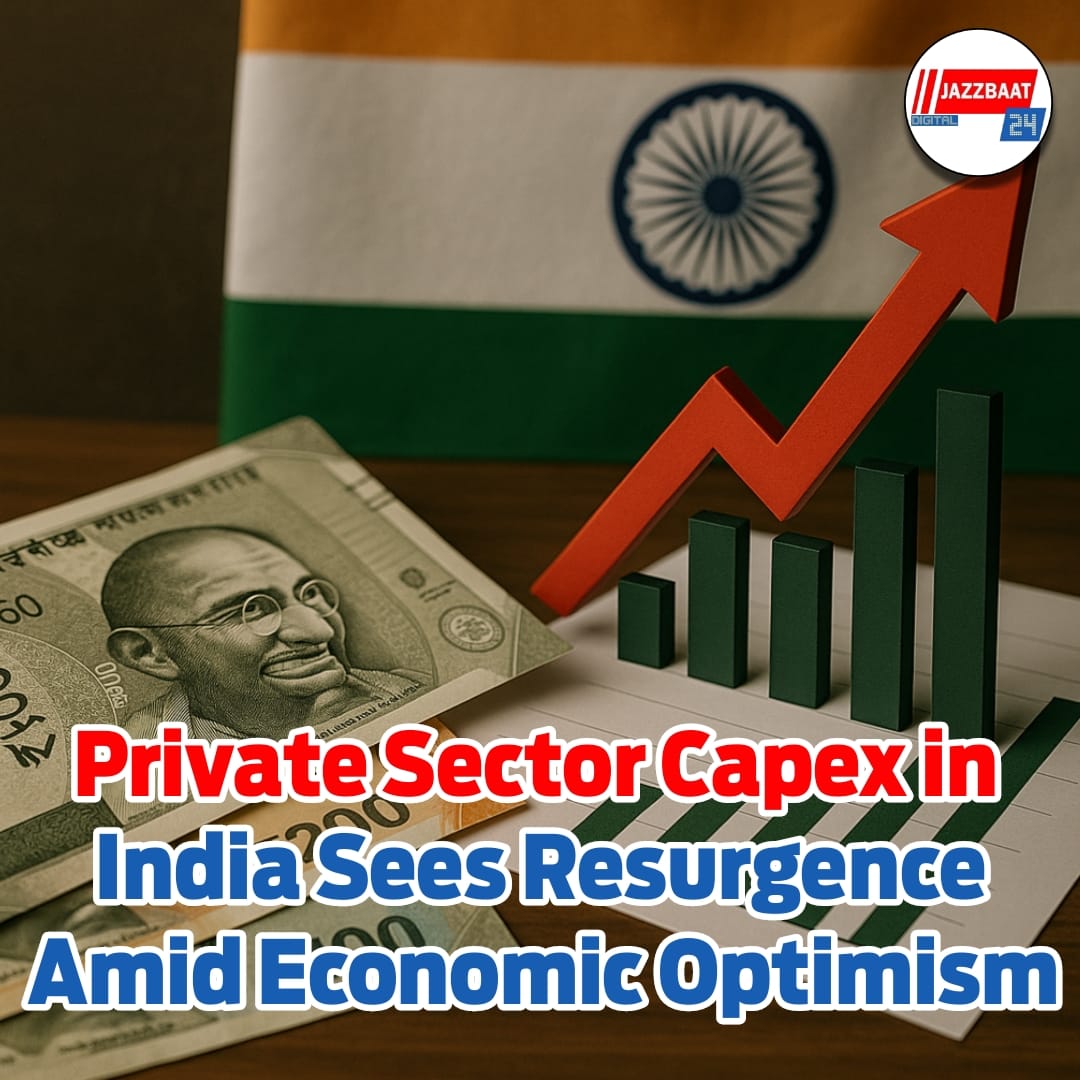Indian private sector capital expenditure (CAPEX) has emerged as the pivot of India's growth story, especially in the post-pandemic era. Private sector CAPEX reached a historic high during FY 2024–25 as investment increased 66 percent from FY 2021–22, as per the most recent data released by the Ministry of Statistics and Programme Implementation (MoSPI). This spectacular growth, worth INR 6.56 trillion (US$77.54 billion), reflects the renewed optimism of Indian industry in future capacity growth, technology upgradation, and investment in growth.
This private sector investment boom is no statistical anomaly but a symptom of a much broader structural realignment of the Indian economy. Since the 1990s liberalization, the private sector has increasingly increased its contribution to GDP, employment, and innovation. The current CAPEX wave is heavily biased towards manufacturing, utilities, and infrastructure, with machinery and equipment constituting over half of the total investments in FY 2024–25. Investment in productive assets indicates an investment for future competitiveness, productivity growth, and spillovers with global value chains.
This optimism is, however, balanced by signs of volatility and caution. Fiscal Year 2025–26 estimates put private CAPEX at INR 4.89 trillion (US$57.8 billion) from last year's level reduced by 25 percent though still far above pandemic years. It is the outcome of a string of disappointments: muted domestic demand, slowing export growth, rising costs of borrowing, and international geo-political unrest. The moderation is also among the unlisted units, whose investment appetite has been suppressed, since the listed companies continue to expand, especially in the industries of oil and gas, power, auto, iron and steel, and telecom. Overriding the said fears, the five-year trend is healthy.
Aggregate CAPEX on a stable base of companies reflect growth of 23.9 percent from FY 2021–22 to FY 2025–26, reflecting consistent investment trend in private sector. Median capital spend per company for addition of new assets in FY 2024–25 is INR 1.72 billion (US$20.31 million), wherein 40 percent of companies plan core asset addition and almost 30 percent the upgradation of the existing ones. Income generation and replacement of assets are the main sources of investment of this kind, with some companies with minority stakes opting for diversification or opportunistic investment. Private sector assistance to the Indian economic revolution cannot be overstated.
It is the strongest driver towards the generation of employment, technological development, and growth of infrastructure. Private enterprise has led the way in developing highway, port, and city infrastructure as public-private partnership and led the way in the export-oriented market for IT, pharma, and textiles. Private enterprise led India to achieve sustainable growth rates and also became competitive at the international level. Recent moderation in CAPEX growth, however, reflects underlying vulnerabilities. Private CAPEX contribution to gross fixed capital formation (GFCF) declined to a decade low of 33 percent in FY 2024, mirroring the impact of soft consumption, cheap import competition, and foreign economic uncertainties. Government capital spending on infrastructure and household residential investment have acted as a buffer to aggregate capital formation, but private sector contribution is necessary to ensure high growth rates.
In the interest of keeping the momentum going, industry and policymaker decision-makers should be concerned with easing the limitation on private investors. These are the improvement of access to low-cost capital, minimizing the regulatory burden, and creating a stable policy environment. Measures that will help support domestic demand growth, improve export competitiveness, and promote innovation will be crucial in maintaining the next wave of private sector investment.
India's private sector CAPEX is hopefully in denial. While the FY 2024–25 record growth is a reflection of the sector's promise and resilience, the projected slowdown in FY 2025–26 is a reminder of the structural and cyclical challenges that still afflict it. Whether or not the private sector would be able to continue innovating, investing, and adjusting to uncertainty will determine India's trajectory towards a prosperous, globally competitive economy. Private long-term investment not only serves as a spur to growth in the process but is also essential to the achievement of the country's long-term ambitions.
